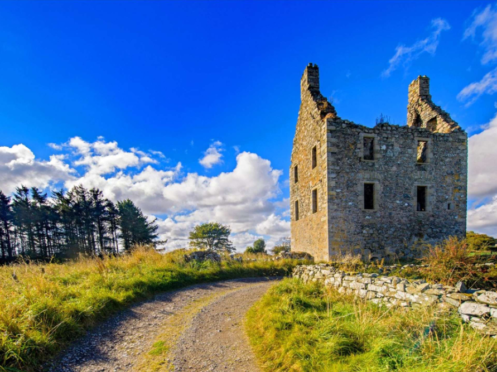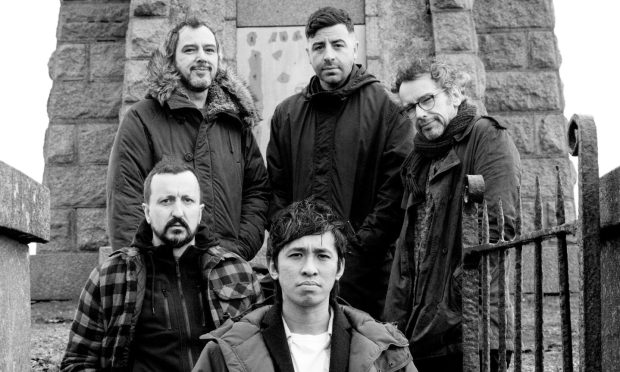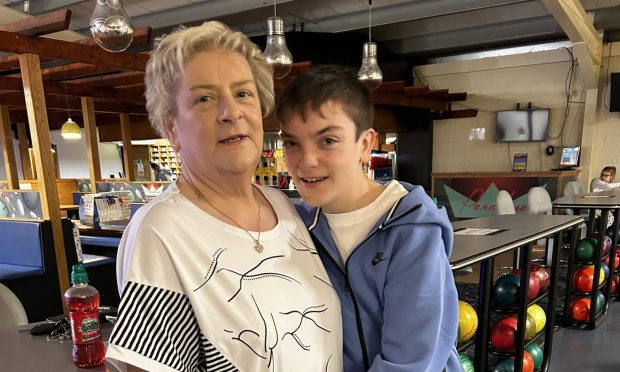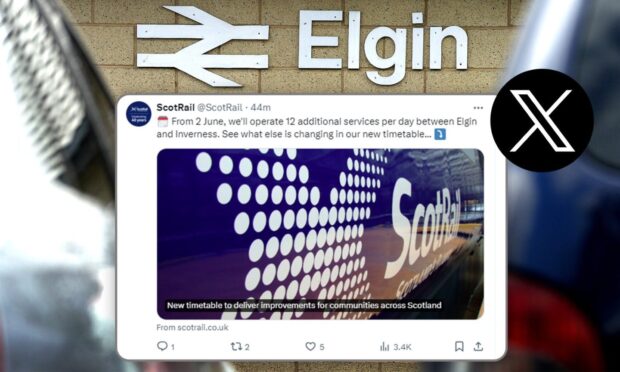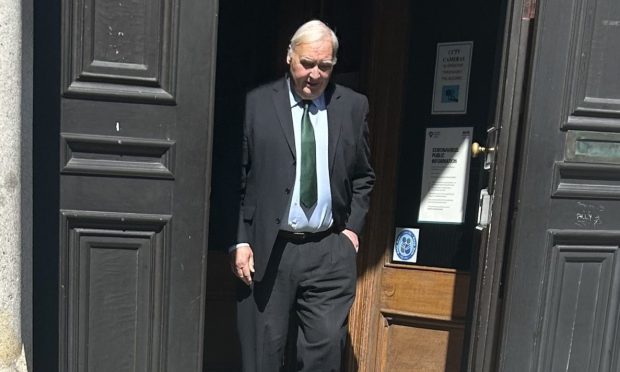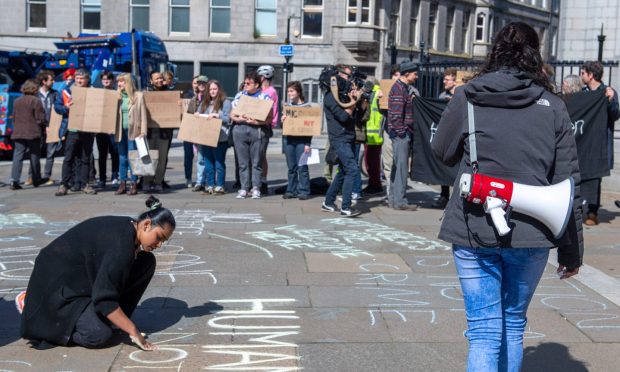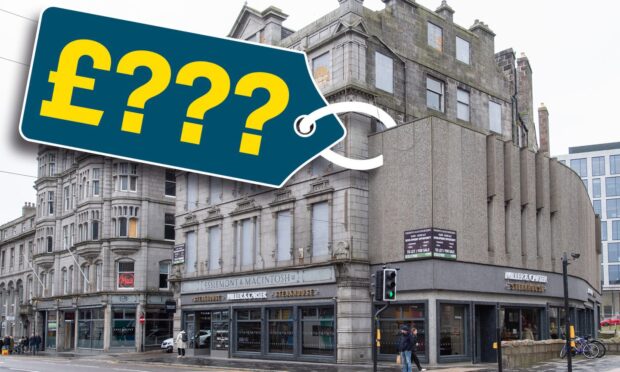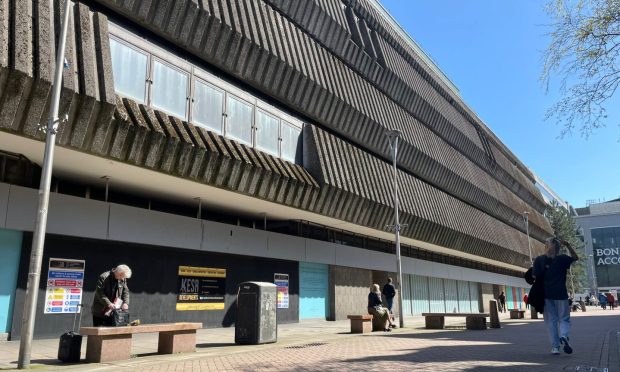Selling agents have made renewed efforts to offload a 16th century Aberdeenshire castle, which a local politician believes could be transformed into a money-spinning attraction.
Knockhall Castle, on the outskirts of Newburgh, has stood overlooking the mouth of the River Ythan since it was built in around 1565 by Lord Sinclair of Newburgh.
The site was purchased by Clan Udny in 1634, and it was the home of the family until 1734 when a fire all but destroyed the building and its inhabitants were forced to move back into their other property of Udny Castle.
The Laird of Udny’s fool, believed to be the last family jester in Scotland, was credited with saving the family from the blaze.
The B listed building was never truly returned to its former glory, and remains a ruin to this day.
Now, real estate agent Savills is hoping to arrange the sale of the castle to the “right buyer” for £130,000.

Fiona Gormley, a property agent for the firm, said: “The castle and site at Knockhall have been responsibly stabilised by the current owner, who is something of an expert on the restoration of ancient buildings.
“It now just remains for the right buyer to become inspired to create an amazing home or business.”
Savills has advertised the property as a “beautiful site, with a long, illustrious history” which lies close to the “popular and picturesque, sheltered coastal village” of Newburgh.
The agents also touted the close proximity to the Trump International Golf Club, the Forvie National Nature Reserve and Aberdeen International Airport.
Gillian Martin, the SNP MSP for Aberdeenshire East, was raised in Newburgh and called for the future of the site to be protected for generations to come.
She said: “Knockhall Castle has a rich history local to Newburgh, and the site has untapped potential.
“Growing up in Newburgh I have always thought it was a shame that the castle lay in ruins and I’d love to see owners ready to preserve, protect and invest in this castle.
“Newburgh and Knockhall are in one of the most picturesque parts of Scotland.
“Developments of a historic site like this could be a real tourist attraction in the right hands.”
Experts reckon the castle was probably built for Henry, Master of Sinclair, the future 6th Lord Sinclair, and it is recorded that James VI stayed with him at Knockhall on 9 July 1589.
James VI and I was King of Scotland until 1603, when he became the very first Stuart king of England as well, thus creating the kingdom of Great Britain.
Jamie Fleeman, the Laird of Udny’s fool, was credited with saving the life of the Udny family during the devastating 1734 fire which left Knockhall Castle a ruin.
Born in Longside in 1713, Mr Fleeman is believed to have been one of the last family jesters in Scotland.
He was known for his wit, and was employed by the castle’s laird to provide him amusement – as well as tend the family’s geese and cows.
On the fateful night of the Knockhall blaze in 1734, Mr Fleeman was said to have been woken by a dog and, after discovering the fire, he threw an oaken chest out the window to wake those in need.
Mr Fleeman was so popular he even appeared in one of Bram Stoker’s Dracula stories.
He died in 1778, and a monument marks his grave in Longside.
